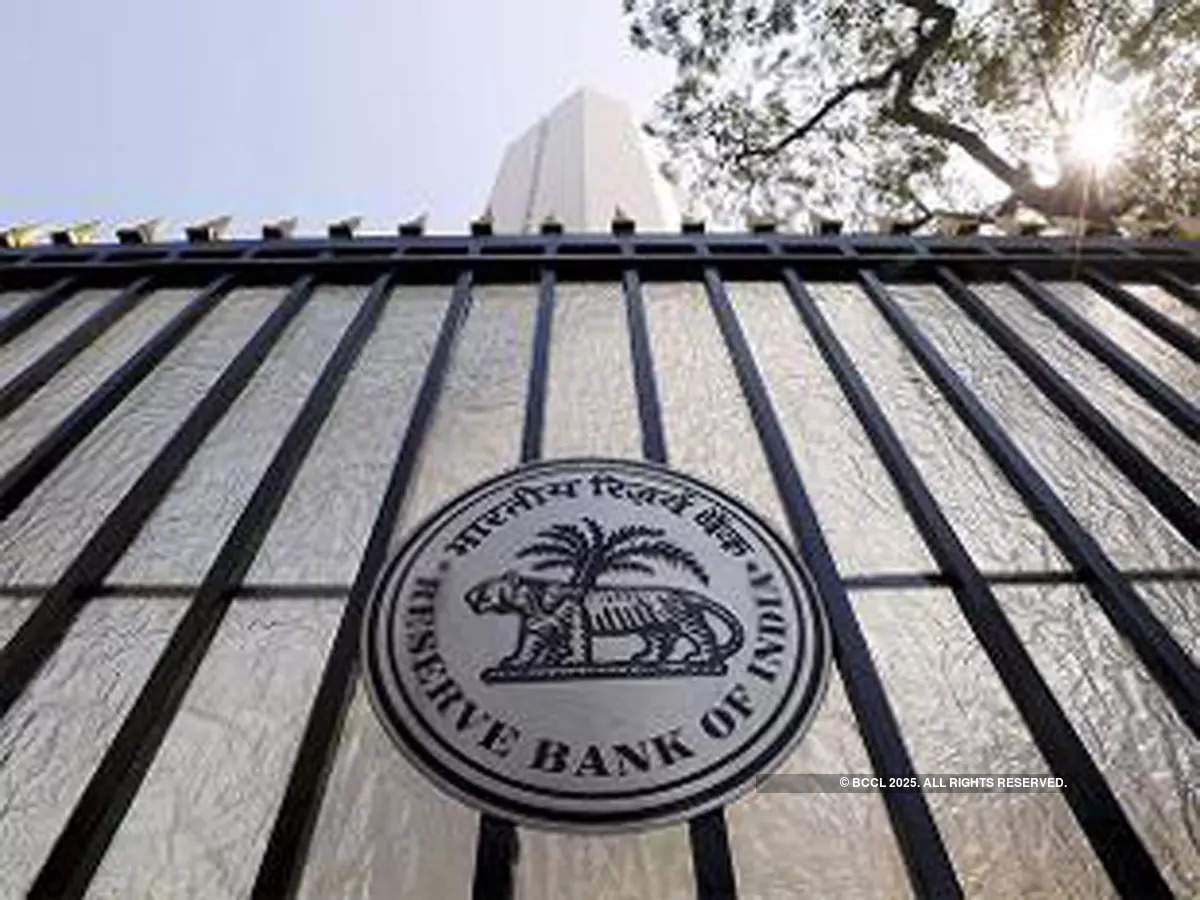
[ad_1]
 India’s economy has remained resilient within the face of worldwide headwinds and with inflation coming off its latest peak is anticipated to remain on the right track to change into the world’s fastest-growing economic system, the Reserve Bank of India stated on Saturday.
India’s economy has remained resilient within the face of worldwide headwinds and with inflation coming off its latest peak is anticipated to remain on the right track to change into the world’s fastest-growing economic system, the Reserve Bank of India stated on Saturday.
The latest revival of the southwest monsoon and renewed planting raised expectations that rural demand will quickly meet up with city spending and consolidate a restoration, the RBI stated in a bulletin.
“Knock-on effects of geopolitical spillovers are visible in several sectors, tapering the pace of recovery,” the central financial institution stated.
“In spite of this overwhelming shock, there are sparks in the wind that ignite the innate strength of the economy and set it on course to become the fastest growing economy in the world, though besieged it might be by fears of recession.”
It didn’t give a time-frame.
RBI stated if the commodity worth moderation witnessed in latest weeks endures alongside the easing of provide chain pressures, the worst of the latest surge in inflation can be over.
India’s annual shopper inflation remained painfully above the 7% mark and past the central financial institution’s tolerance band for the sixth month in a row, knowledge confirmed final week.
“There is some evidence now that supply-chain pressures are peaking globally and in India, so that a major source of upward inflation pressures may be ebbing,” the financial institution stated.
Referring to the impression of excessive world crude costs on India’s present account deficit (CAD), RBI stated the CAD may widen to 2.3% of GDP in 2022/23 if oil costs common $105 per barrel. It would widen to 2.8% if oil averages $120 per barrel however nonetheless stay “within the sustainable limit of 3%”.
CAD stood at 1.2% of GDP in 2021/22, knowledge launched in June confirmed.
“External debt remains modest as a proportion to GDP and has actually declined between March 2021 and March 2022,” RBI stated.
[ad_2]